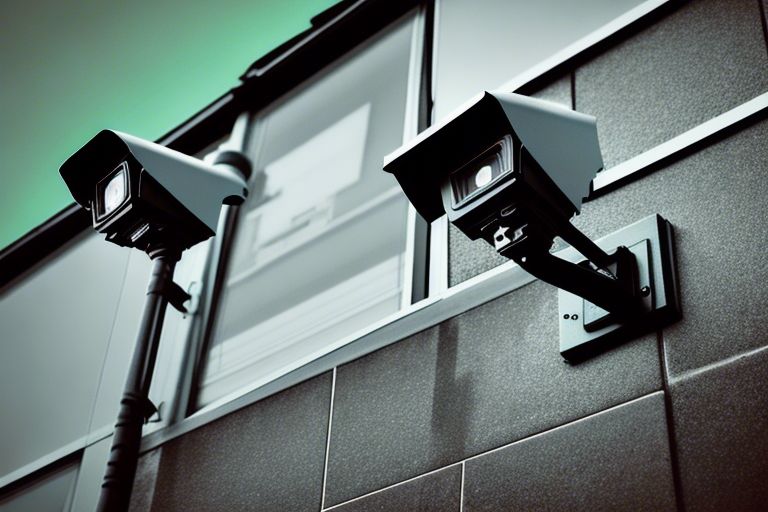
Security cameras and surveillance cameras are often used interchangeably, but they are actually two different types of cameras with distinct purposes. While both are used for monitoring and recording activities in a certain area, they have different features and applications. In this article, we will explore the differences between security cameras and surveillance cameras, and their respective uses.
Security cameras, also known as closed-circuit television (CCTV) cameras, are designed to monitor a specific area or property. They are installed in strategic locations such as entrances, hallways, and parking lots to deter and detect potential criminal activities. Security cameras can be connected to a monitoring system, allowing security personnel to keep an eye on the live feed and take immediate action if necessary.
One of the main features of security cameras is their high-resolution images and videos, which are essential for identifying suspects and providing evidence in case of a crime. They are also equipped with night vision and motion detection capabilities, making them effective in low-light conditions and capturing any suspicious movements.
On the other hand, surveillance cameras are more versatile and have a wider range of uses. They are typically used for monitoring larger areas, such as public spaces, highways, and shopping malls. Unlike security cameras, surveillance cameras are not connected to a monitoring system, but their footage is recorded and stored for future reference.
Surveillance cameras come in different forms, such as dome cameras, bullet cameras, and pan-tilt-zoom (PTZ) cameras. They are equipped with advanced features such as facial recognition, license plate recognition, and advanced analytics, which allow for more efficient monitoring and tracking of individuals and vehicles.
While security cameras are primarily used for security purposes, surveillance cameras have a broader application. They are often used for traffic control, crowd management, and gathering data for marketing purposes. For example, surveillance cameras in shopping malls can track customer behavior and shopping patterns to improve store layout and product placement.
One of the main concerns with security cameras is privacy. As they are usually installed in private properties, there have been debates over their use and potential invasion of privacy. Surveillance cameras, on the other hand, are mostly used in public spaces, and their presence is widely accepted as a means of enhancing safety and security.
Another significant difference between security cameras and surveillance cameras is their cost. Security cameras are generally more expensive due to their high-quality images and advanced features, while surveillance cameras are more affordable. However, the cost of both types of cameras has significantly decreased in recent years, making them more accessible to individuals and businesses.
In conclusion, security cameras and surveillance cameras serve different purposes and have distinct features. Security cameras are primarily used for monitoring and protecting a specific area, while surveillance cameras have a broader application and are used for monitoring larger areas. Both types of cameras have their benefits and drawbacks, and the choice ultimately depends on the specific needs and requirements of the user. Whether it is for security or surveillance purposes, these cameras play a crucial role in ensuring the safety and security of individuals and properties.